

Discover more from Weapons and Strategy
According to Defense News, the US Army has cancelled its planned upgrade of the Abrams Tank and is considering a different approach for the tank's future.
The Army is basically saying the tank is too heavy and too vulnerable to enemy weapons.
Heavy European tanks and armored vehicles have faced operational problems in Ukraine, often getting stuck in the mud or running out of fuel. In addition, European tanks have proven vulnerable to enemy fire. Many of the Leopard tanks --a tank that was considered superior to the Abrams-- has not performed well. The Russians have already destroyed around 15 Leopards, using a variety of weapons ranging from artillery, to rockets launched by helicopters, to drones such as the Lancet. Billed as the next great thing to help Ukraine win the war, Leopard has proven a failure.
Unfortunately what happened to Leopard could happen to Abrams tanks when they arrive in Ukraine.
Neither the Abrams nor the Leopards have active protection systems or reactive armor. In the case of those Leopards delivered to Ukraine, the Ukrainian army hastily plastered on reactive armor taken off of damaged Russian tanks.
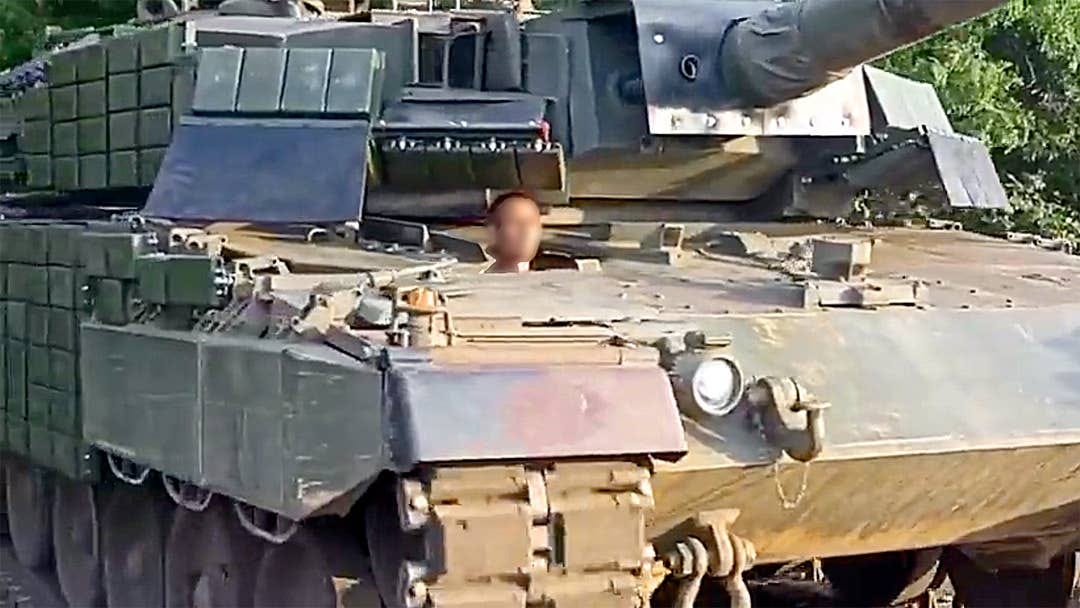
Leopard was not supposed to need reactive armor because its composite armor is supposed to deflect anti-tank weapons including penetrator canon rounds fired by opposing tanks or tandem warhead weapons. But even with first generation reactive armor that the Ukrainians added to Leopard, the Russians destroyed them fairly easily.
Tanks on today's battlefield face a variety of threats that can destroy or disable them. These include mines, artillery and anti-tank weapons. The Russians have used the KA-52 attack helicopter to destroy tanks and armored vehicles such as the US M-2 Bradley and the German Marder infantry fighting vehicles. The Ka-52 is equipped with six 9K121 Vikhr anti-tank missiles and 2 S-8 unguided air to surface 80mm unguided rocket pods. Operating in an environment where the Russians use electronic jamming, the Ka-52s have knocked out quite a few tanks, infantry fighting vehicles and heavily armored MRAPs. Among the victims have been tanks fitted with special roller fixtures to clear mines.
Few modern tanks are designed to be mine resistant.
Recognizing some of this deficiency, reportedly the new Israeli tank, Merkava V, has been designed to be able to deflect mines and improvised explosive devices. Merkava has also upgraded its active defenses to better deal with more modern anti-tank weapons including anti-tank missiles, rocket-propelled grenades (RPGs), anti-tank rockets, and high-explosive anti-tank (HEAT) rounds.
One of the reasons the US is supplying depleted uranium (DU) shells to Ukraine for the soon-to-arrive Abrams tanks is that DU APFDS shells are supposed to be able to penetrate any Russian tank. At least so far Russian tactics are such that its tanks are rarely exposed to counter-tank fire, at least in the current Russian active defense approach against the Ukrainian counter-offensive. However, if Russia goes on the offensive, the situation may change and Russian tanks could be exposed to fire from Abrams tanks.
Whether the DU and Abram's combination turns out to be effective. US tanks, like their Leopard counterpart, still lack active defenses.
Active defenses can protect a tank from many different threats and possibly allow reductions in traditional armor, which would offset the weight of the active defense system.
Active defense, for example, can block the enemy use of suicide drones like the Russian Lancet. Israel's Trophy active defense system, for example, has 360 degree coverage and can protect the vulnerable topside of a tank from drones, rockets and mortars.
The Army has purchased 100 Trophy units from Israel. The Army argues it is “too heavy” and they want to explore other options. Meanwhile US tanks and infantry fighting vehicles do not have active protection systems.
The Army is also thinking about a "hybrid" tank that will use less fuel. A hybrid tank would require a huge lithium battery, even if the tank is run on electrical power only when it is idle (which can be many hours). Lithium batteries are prone to explode, and putting such batteries in tanks is an invitation to battery explosions and fire. One of the greatest enemies to tank crews is fire.
The Army is also thinking about adding additional sensors and advanced artificial intelligence to the Abrams. This is the path the Israeli Merkava V has also taken and certainly improves the tank's operations on the battlefield. The next generation European tank (a consortium led by Germany) also will emphasize artificial intelligence and better sensors.
The war in Ukraine has opened eyes about modern tank warfare and tank survivability. Whether the Army's decision to look for a different set of solutions will be successful, no one can say. But the fact that the US Army now recognizes that it needs to change direction is a sensible reaction to what has been revealed on the Ukraine battlefield.
Unfortunately the Army continues to spurn solutions it can apply now, such as Active Protection. This is, unfortunately, typical of how the Army thinks and acts.




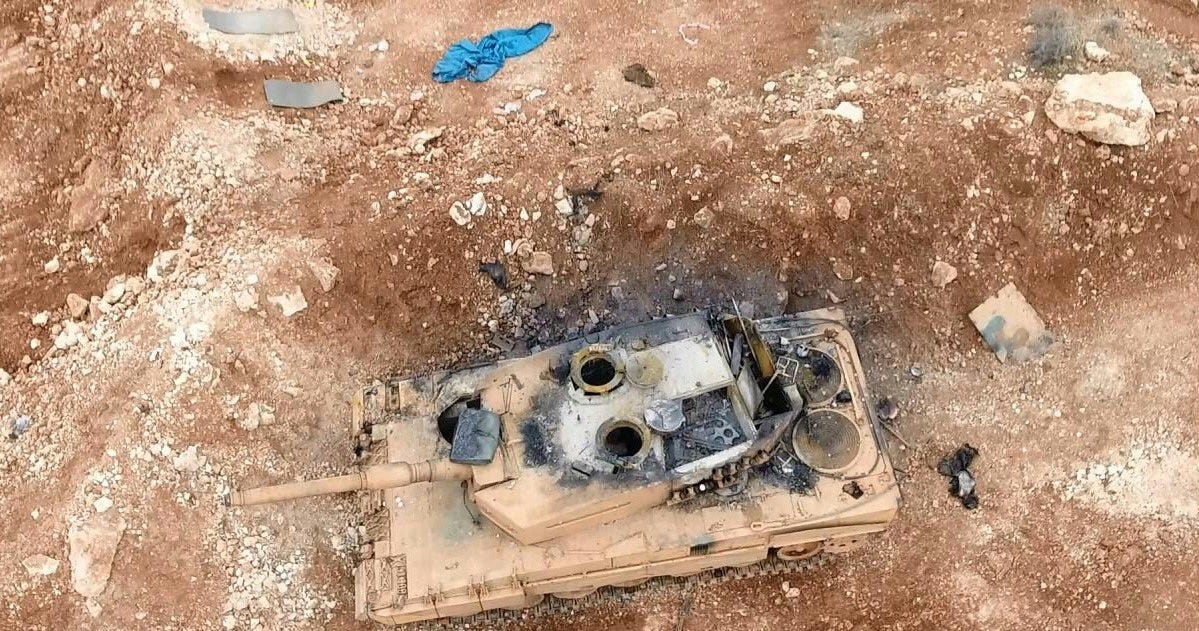
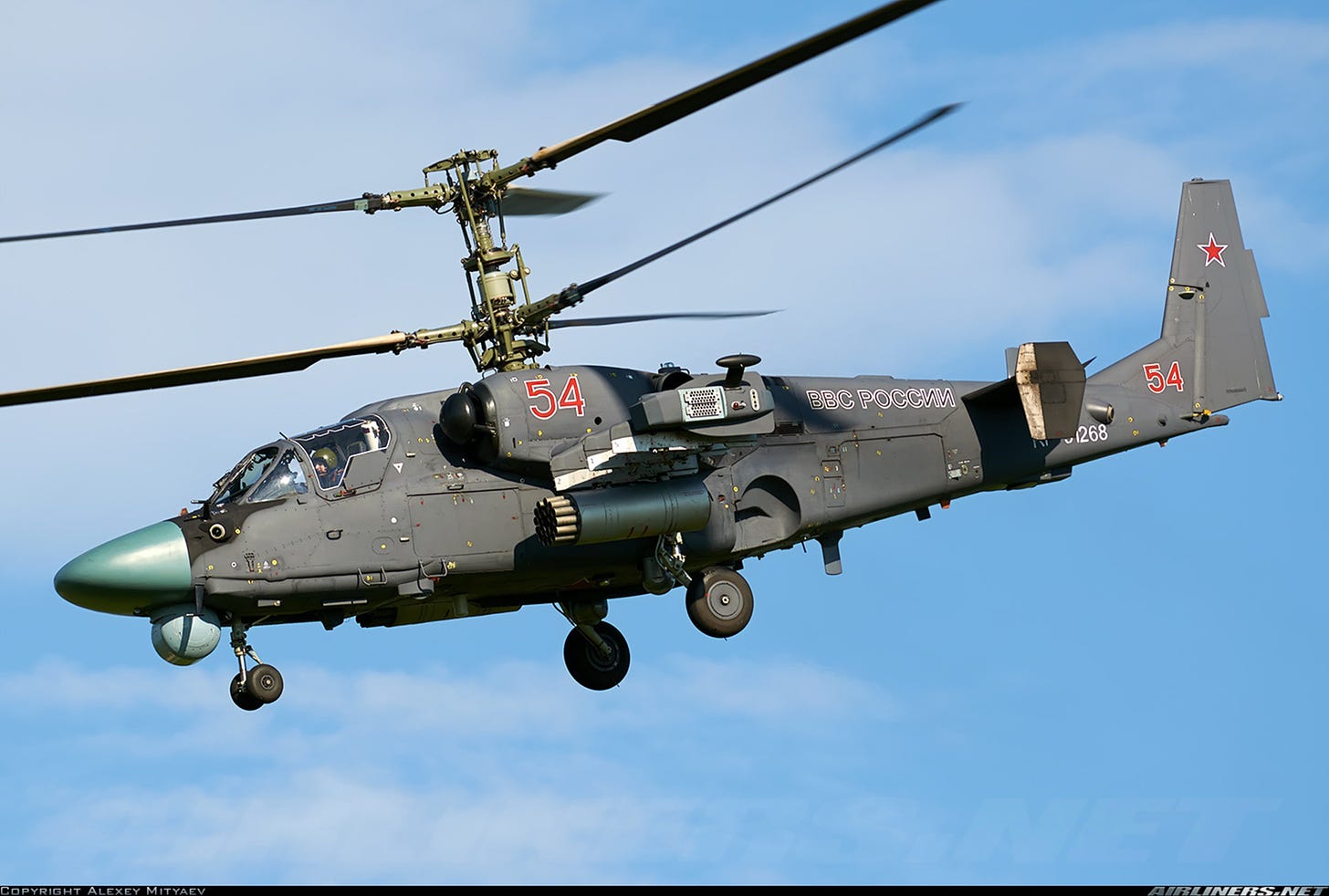
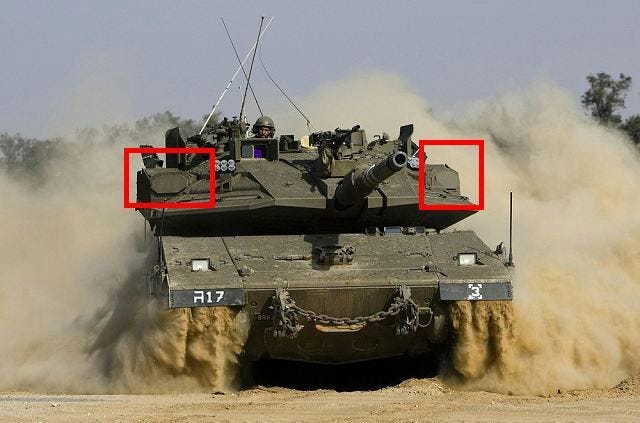





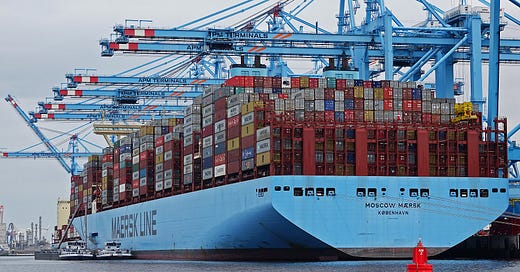

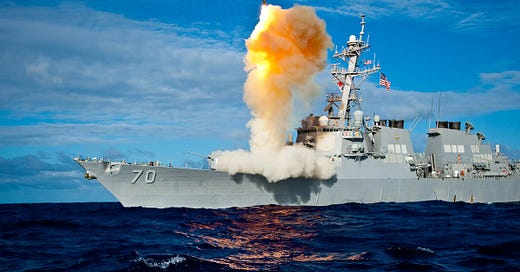



Tanks are generally disposable items in high intensity combat and need to be simple, reliable, interchangeable (parts and mission) and FIT FOR PURPOSE. They also have to fit the operational doctrine and tactics -- not sure Ukraine has any of it anymore with all the advice, pressure and "training" they are getting from NATO. I think they are desperately plugging holes, which really shows now.
The idea that Western tanks will do well in Ukraine was spun by idiots in Kiev, who quickly ran out of 2000 Soviet tanks (plus whatever old Warsaw pact donations they got). Since the West could not find more old Soviet tanks, this decision was the last resort...
The western Leopards, Abrams, Challengers were designed for a different environment and purpose and, in the right application, are decent (not brilliant) machines. All tanks have strong and weak points.
I can see nothing but disadvantages of giving Ukraine these western tanks:
1) very heavy for the environment (>60-70 tons vs Soviet/Russian tanks in 40-50 range), which affects their logistics and ability to navigate mud. On top of that they have higher profiles making them better targets.
2) complex and high cost to operate and to train (a lot higher initial cost - 3-4X of Soviet/Russian tanks)
3) Maintenance/logistics due to differences in ammo, spare parts, training are not trivial
4) A few unique items, just to highlight these machines are not all that:
a) Leopards have weak protection from mines
b) Abrams are fuel guzzlers (jet fuel, mind you) and have a terrific heat signature
c) Challenger is just overhyped, technologically its gun, sights, armor are old. Vulnerable to its ammo ignition due to the layout
In high intensity conflict, logistics is everything... I don't see how any of the above helped on the battlefield. As a moral booster or a very expensive gift to Zelensky that worked.
By the way, F-16s, if they make it to Ukraine, will be even a bigger fiasco!
Tanks produced by our corrupt and incompetent U.S. military industrial complex are multi-million dollar fighter jets with treads. That's what makes them money.
According to manuals, they should be treated like racehorses. Like Italian sports cars. They belong in the garage, until they can go out and do their thing.
And what is the one thing they can do? Race across a smooth desert for four to five hours and shoot up WWII-era equipment manned by Third World armies with no training while protected by total air superiority, GPS, and total satellite oversite.
The Abrams is a joke.